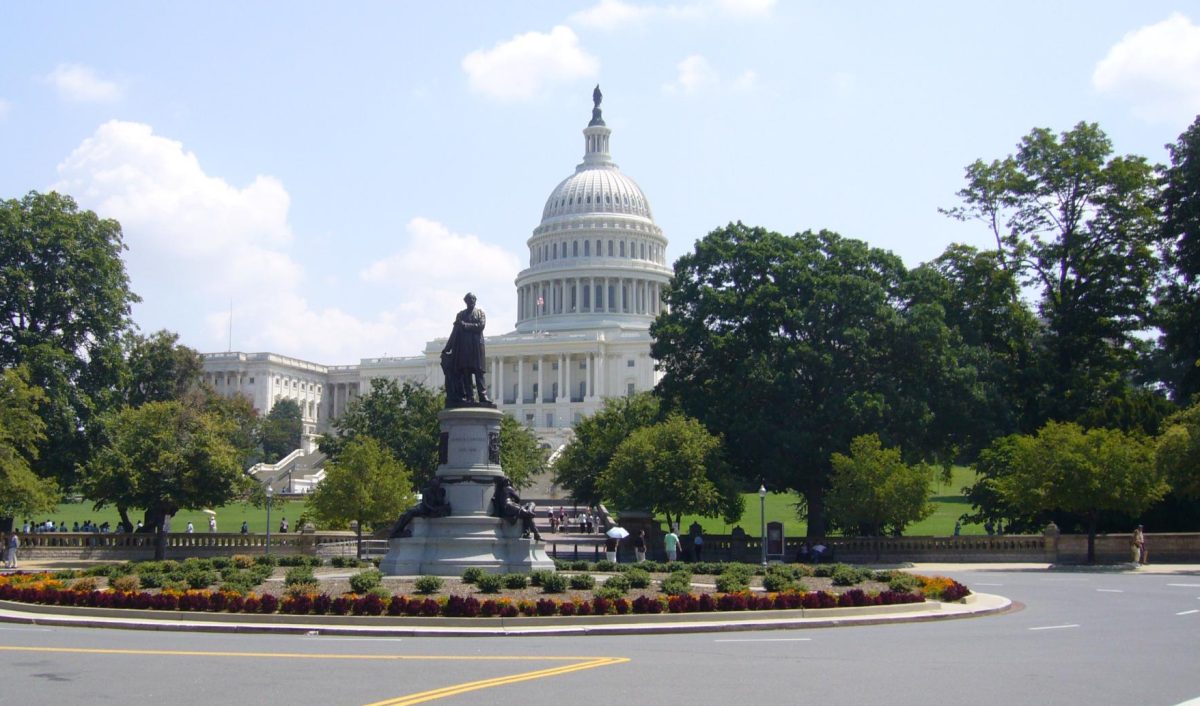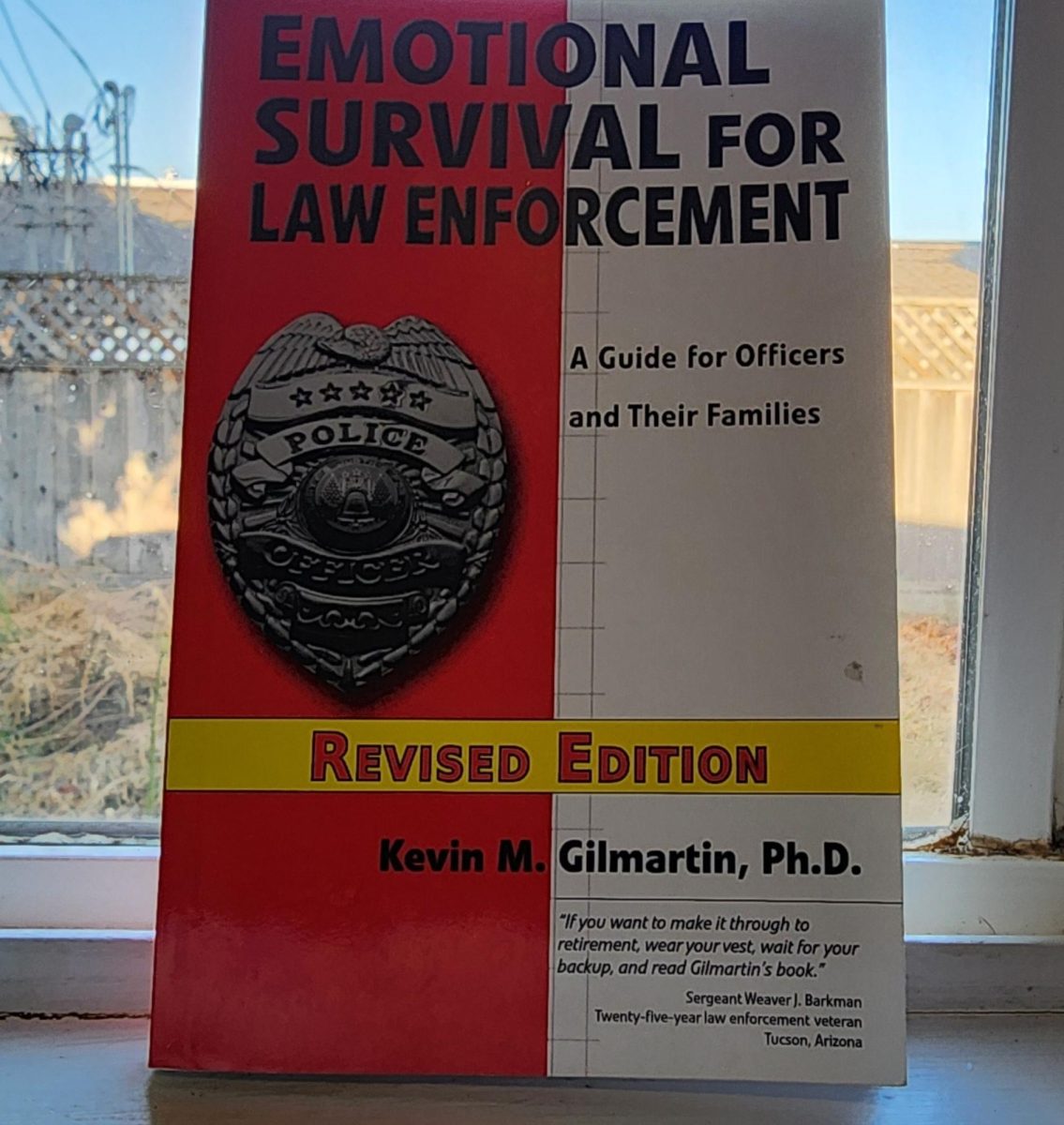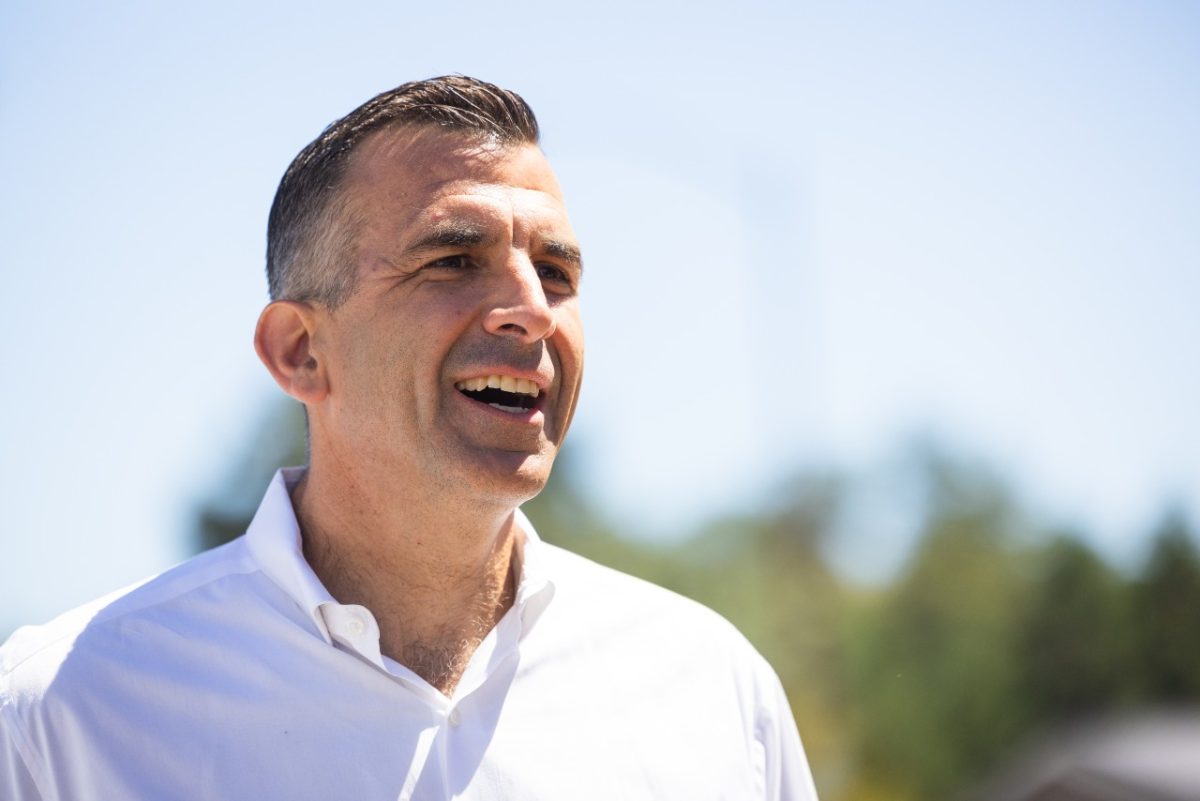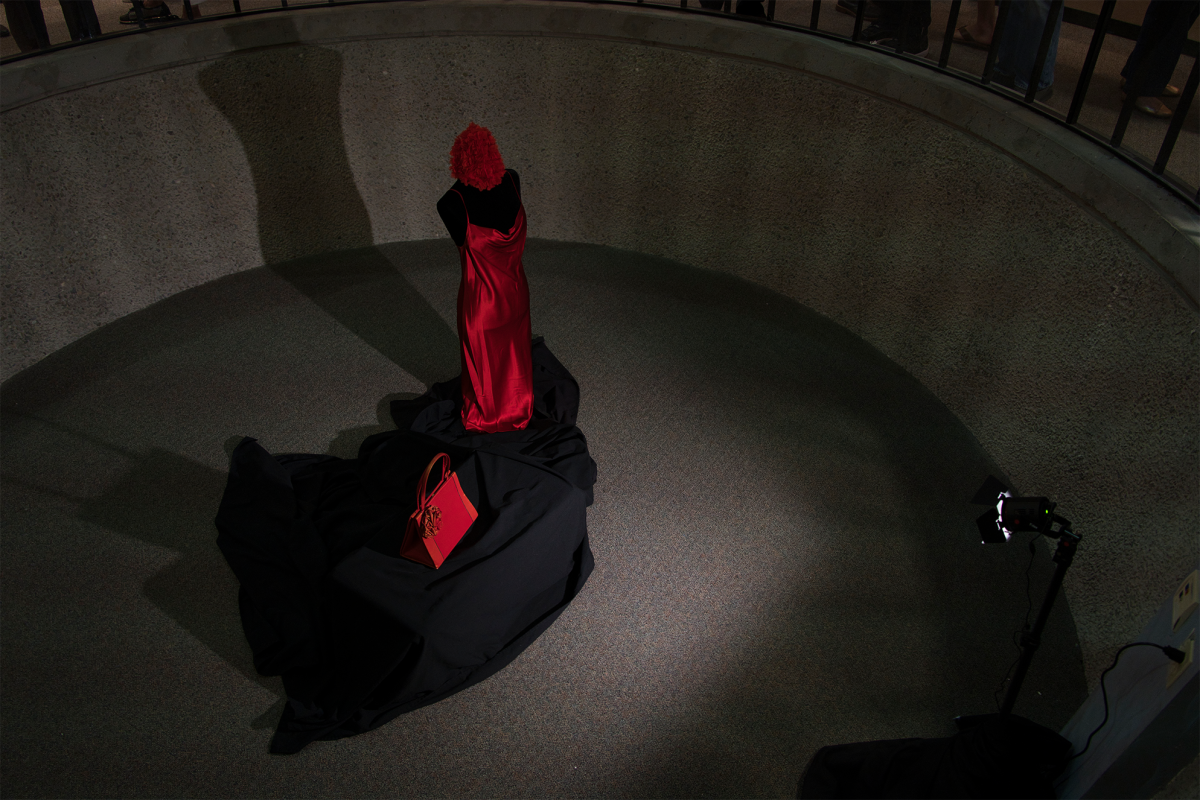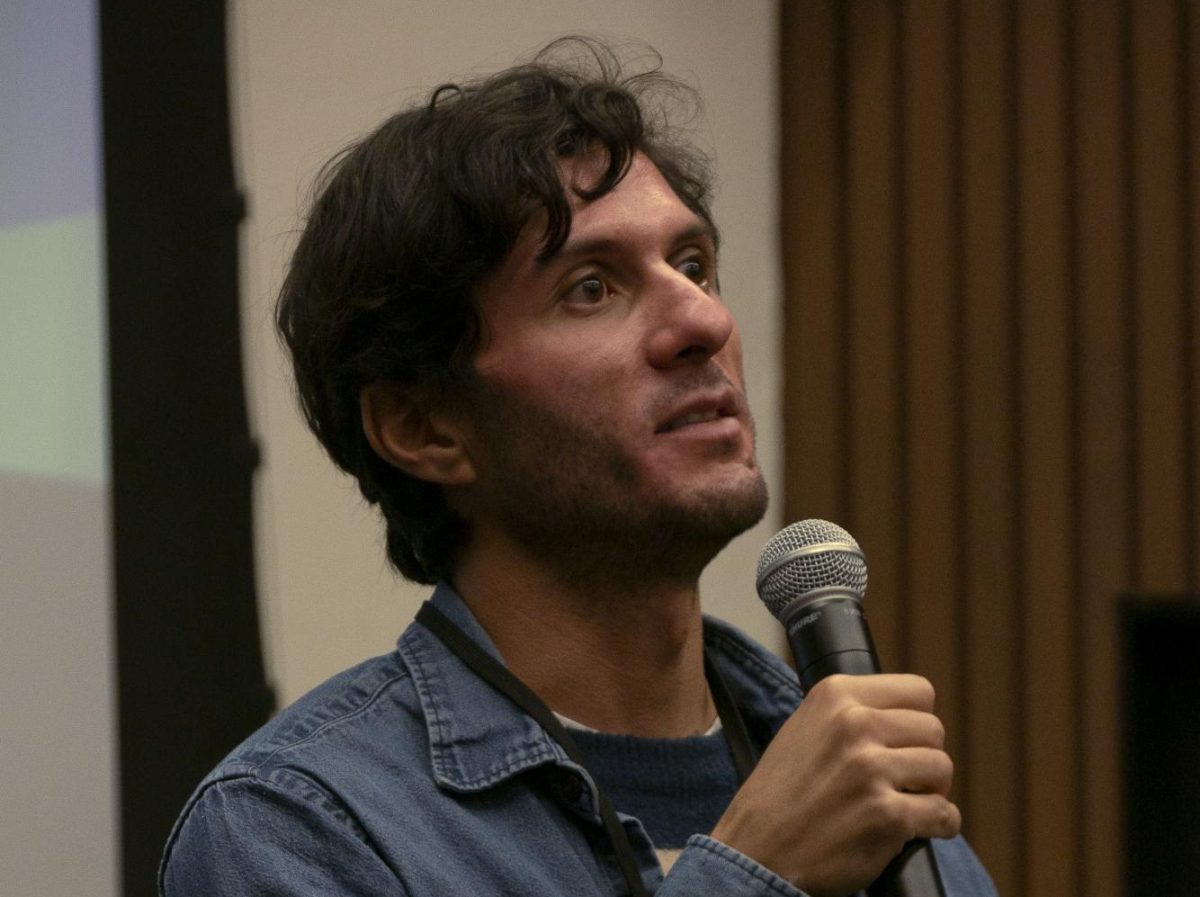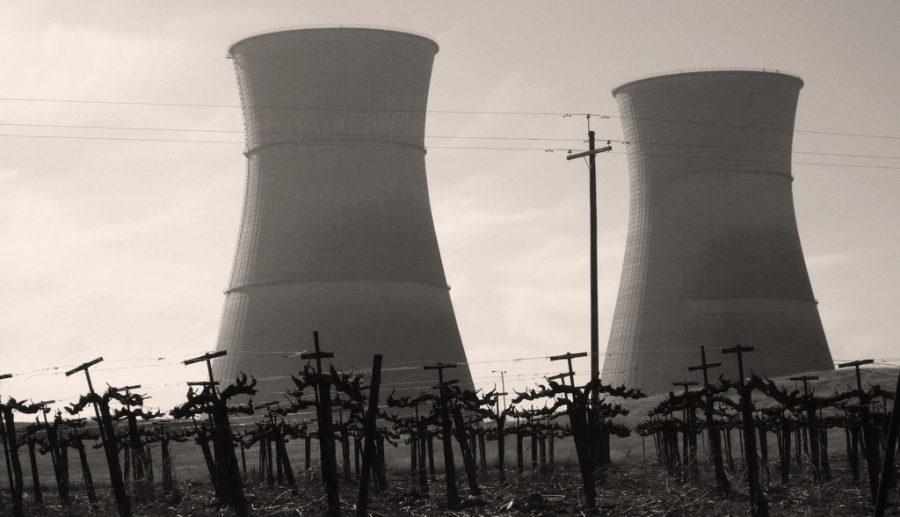Market Meltdown: Nuclear is an Expensive Way to Reduce Emissions
April 14, 2017
In the early 1950s, many energy experts envisaged a “nuclear age”– a world harnessing the power of the atom to provide cheap, clean energy for everyone. Nuclear energy never climbed above 10% of global energy generation. As America struggles to find a new landscape for energy production, the old debate re-emerges with renewed vigor: is nuclear energy safe? When America was first setting up its modern nuclear regulatory regime with tight control over safety in the 1970s, nuclear power provided a clean alternative to coal-fired power plants. Nuclear power produces no carbon emissions or other harmful particulate matter that cause respiratory problems and– over the long run– has been relatively cost competitive to fossil fuels due to lower fuel costs and significant government subsidies. Yet it is safe to conclude that nuclear power is not a viable economic alternative to natural gas or renewable power and energy storage technology is an increasingly viable alternative to the “baseload” energy nuclear provides.
While nuclear power does provide a steady, clean supply of energy, the capital costs and the timeline on which the capital pays off is far too long. In the US energy market, the number of operational nuclear power plants peaked in 1996. One reason new reactors simply aren’t being built may be that construction can run horrendously over budget: Illinois’ Clinton reactor– one of the few reactors built in recent decades– took 7 years to build and actual costs exceeded estimates by around 1000%. Other reactors in New York, Illinois and Massachusetts have struggled to make a profit despite being buoyed by hefty federal subsidies and feed-in tariffs (which artificially boost the price nuclear energy producers get for selling their energy). Unlike in France, Japan or Germany, this series of closures is due not to government decree, but rather to market forces which simply make nuclear energy economically unattractive.
A large reason energy utilities simply aren’t investing in nuclear is the lack of a viable exit strategy: Illinois’ Exelon– the largest operator of nuclear plants in the US and the largest regulated energy company –with annual revenues topping $30 Billion– has reported that 2 of its 6 Illinois-based plants are losing the company money. Yet, they remain operant because, according to Exelon CEO Chris Crane “losing money is cheaper than decommissioning.” For companies looking to build power plants, nuclear represents a giant up-front investment with uncertain long-term profitability and an arduous and expensive decommissioning process. Small wonder the private sector is so hesitant to put up the funds necessary to run these plants. In order to make any policy addressing climate change politically sustainable, it must be carried out in a manner that does not harm economic interests.
In contrast, solar panels are expected to continue their decade-long dive in price. The International Renewable Energy Agency (IRENA) projects a 59% fall in prices within the next decade– enough to out-compete fossil fuels according to the Agency– and in sunny spots in Texas and Oklahoma, solar power is already the cheapest energy option, with wind energy following similar trends– selling for $0.025/kWh in some areas, far below the $.04-$.06/kWh US average. Texas company Austin Energy completed a purchase in 2014 of solar energy at around $.06/kWh.
Although a cooling attitude towards nuclear power from governments in Germany and Japan is partly to blame for this decline, this gap fundamentally represents the unprofitability of nuclear power.
Many contend that nuclear power is necessary to fulfill “baseload” energy needs in a renewable-dependent future. Wind and solar are highly variable– some generator somewhere must be running for those windless nights. Yet by the time wind and solar are ready to provide the US with even close to 100% energy generation–well beyond mid-century– batteries would likely provide a more economical alternative to nuclear power. This would enable excess energy to be tucked away for when renewables cannot provide power– instead of using baseload generation.
Renewable energy plus energy storage seem to provide a safer bet than nuclear energy. While nuclear power’s competitiveness has fallen over the past few decades, lithium-ion batteries have neared competitiveness themselves– prices have fallen by half since the global recession, mostly driven by technological innovation. The economic consultancy McKinsey projects that by 2025, batteries will fall from their current perch of around $500/KwH to around $160– a price that makes electric vehicles more economically competitive than some gas-guzzling ones. Technology investment, new competitive business models and the introduction of scalable production (see: Tesla’s gigafactory) are all key contributing factors. Because of this, companies are eagerly wading into the energy storage market. Appliance giant Dyson plans a $1.4 Billion investment in battery technology and electronics giants Panasonic, Samsung and GE are investing billions in energy storage R&D while investment in nuclear power atrophies. An MIT report found that if utilities were to invest in batteries, they would be able to turn a profit relatively quickly. Encouraging the private sector to deepen investment in nuclear power plants would be worthwhile if there weren’t an alternative to this “baseload” energy– but batteries compete for the same niche as nuclear energy and batteries clearly have much more room to become more competitive, especially given the private sector momentum already behind them.
If nothing else, the invisible hand has proven to be more resilient and efficient than more visible ones propping up nuclear energy with costly subsidies. Few foresaw the renewable energy or fracking revolutions of recent years, but they have upended the long-stagnant energy industry, with the market nimbly responding to new pressures. There is a role for government to shape incentives by forcing companies to pay the costs they impose on others through a carbon tax, but a bet on nuclear power saps the dynamism of the market and diverts resources from finding the most efficient route to a low-carbon future.


















